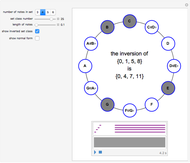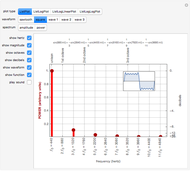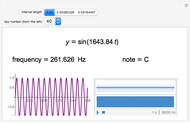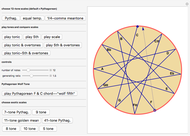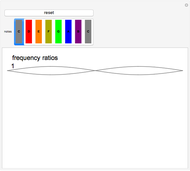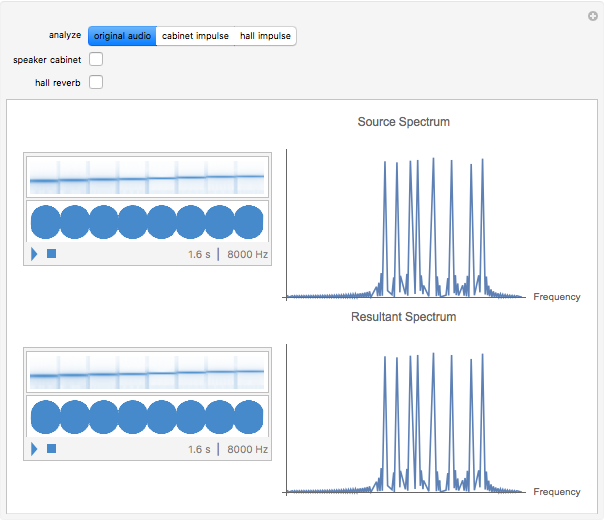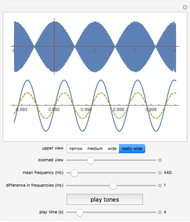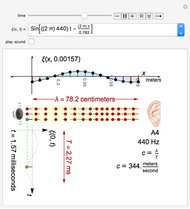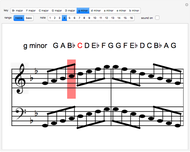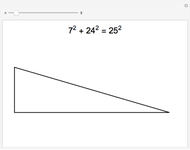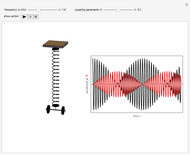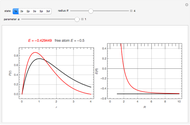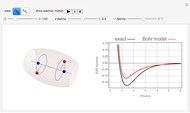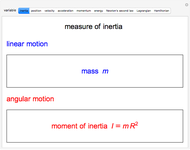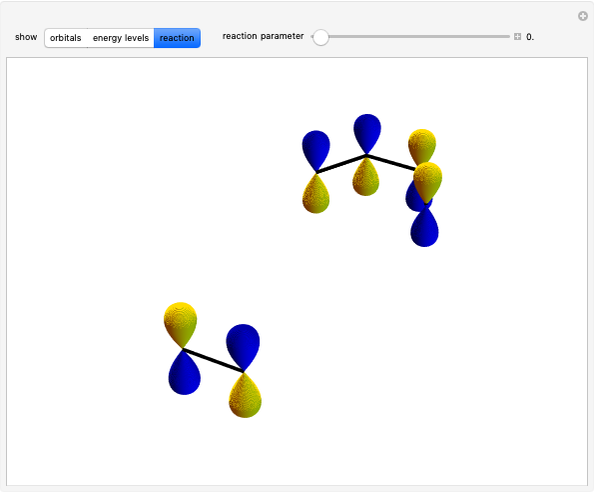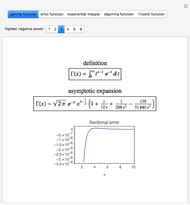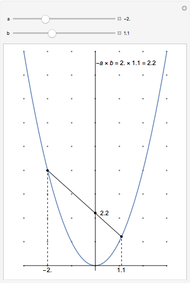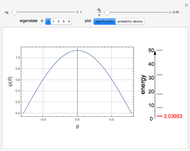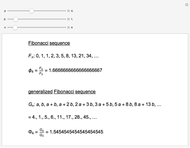Principal Major and Minor Scales on a Piano

Requires a Wolfram Notebook System
Interact on desktop, mobile and cloud with the free Wolfram Player or other Wolfram Language products.
The principal major and minor scales on a piano consist of those keys containing a maximum of two sharps or two flats. This Demonstration lets you play a single ascending and descending octave scale for each of these 10 keys, in either the treble or the bass register. You can play the entire major or minor scale by clicking 1 to 16 in succession.
[more]
Contributed by: S. M. Blinder (April 2017)
Open content licensed under CC BY-NC-SA
Details
The 12 tones in the octave beginning with middle C are C, C♯, D, E♭, E, F, F♯, G, G♯, A , B♭, B, C, a sequence of 12 semitones. The scale of a major key is constructed from the sequence beginning with the tonic; in whole and half steps: 1, 1, 1/2, 1, 1, 1, 1/2. The (natural) minor is given by the sequence: 1, 1/2, 1, 1, 1/2, 1, 1. (Sometimes, the harmonic minor is used in the ascending scale, obtained from the natural minor by raising the sixth and seventh notes by a half step.)
Snapshots
Permanent Citation






